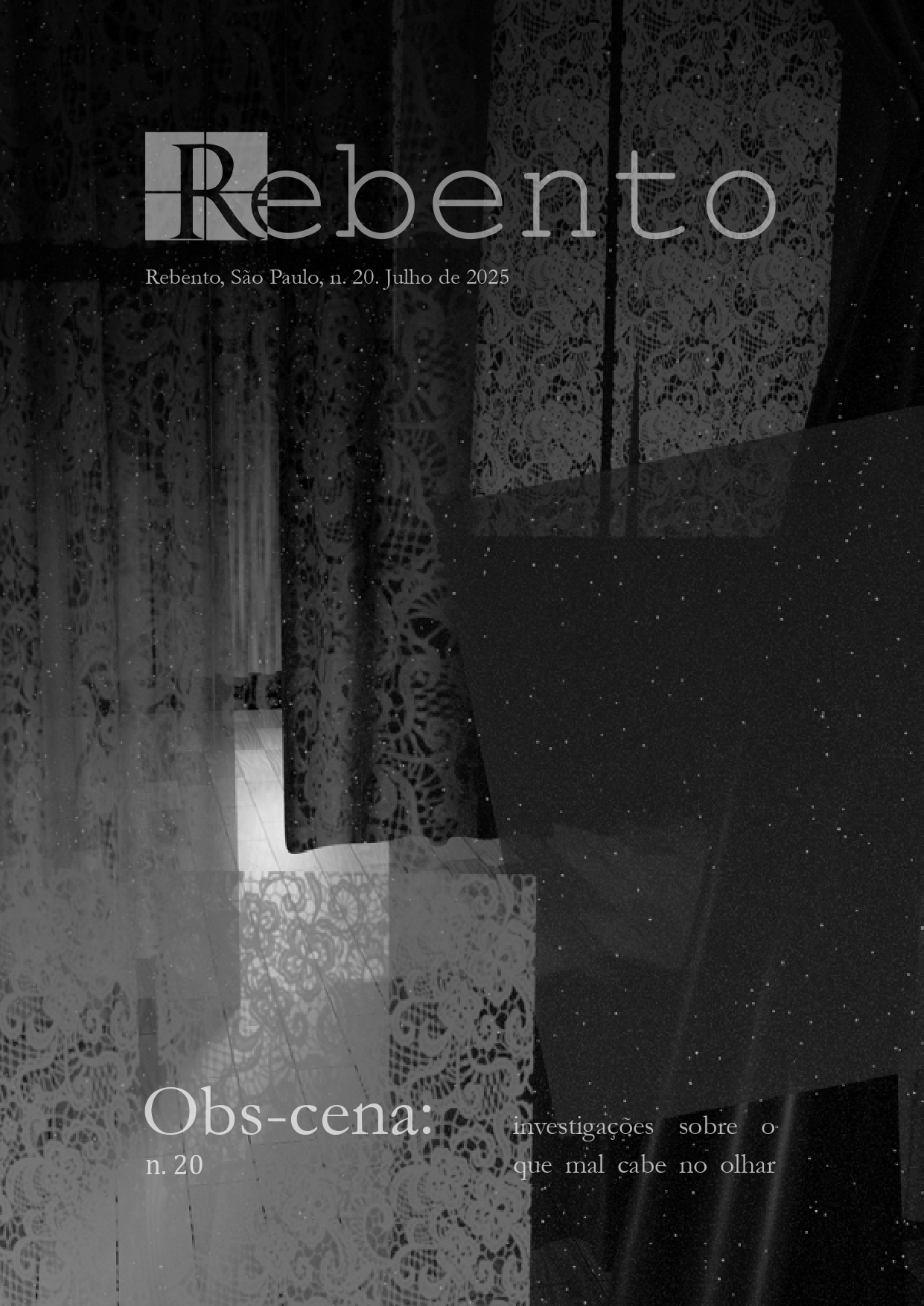Mozambican Makonde sculpture
Art, resistance and cultural transformation
Abstract
This article derives from a master’s research project completed in 2023, which focused on the analysis of anthropological and ethnocultural elements of the Makonde people, located in Mozambique, on the African continent, as well as on the investigation of the aesthetic dimension of their sculptural production. Makonde sculpture constitutes a symbol of resistance during the period of Portuguese colonial oppression, as it played a crucial role in financing the fight for Mozambique's independence. Its originality was also fundamental to the strengthening of the country's nationalist movement. This analysis aims to enrich and disseminate a decolonial and unique perspective on the art of the African continent, going beyond ethnic-racial relations, to resignify elements of African and Afro-Brazilian culture in the Brazilian educational context. Keywords: Art; Education; Makonde Sculpture; Africa; Mozambique.Downloads
Published
Issue
Section
License
É responsabilidade dos autores a obtenção da permissão por escrito para usar em seus artigos materiais protegidos por lei de Direitos Autorais. A revista Rebento não é responsável por quebras de Direitos Autorais feitas por seus colaboradores.
Os autores mantêm os direitos autorais e concedem à revista o direito de primeira publicação, com o trabalho licenciado sob Licença Creative Commons do tipo atribuição CC BY-NC:
Atribuição (BY): Os licenciados têm o direito de copiar, distribuir, exibir e executar a obra e fazer trabalhos derivados dela, conquanto que deem créditos devidos ao autor ou licenciador, na maneira especificada por estes.
Uso Não comercial (NC): Os licenciados podem copiar, distribuir, exibir e executar a obra e fazer trabalhos derivados dela, desde que sejam para fins não-comerciais.
Após a publicação dos artigos, os autores permanecem com os direitos autorais e de republicação do texto.


